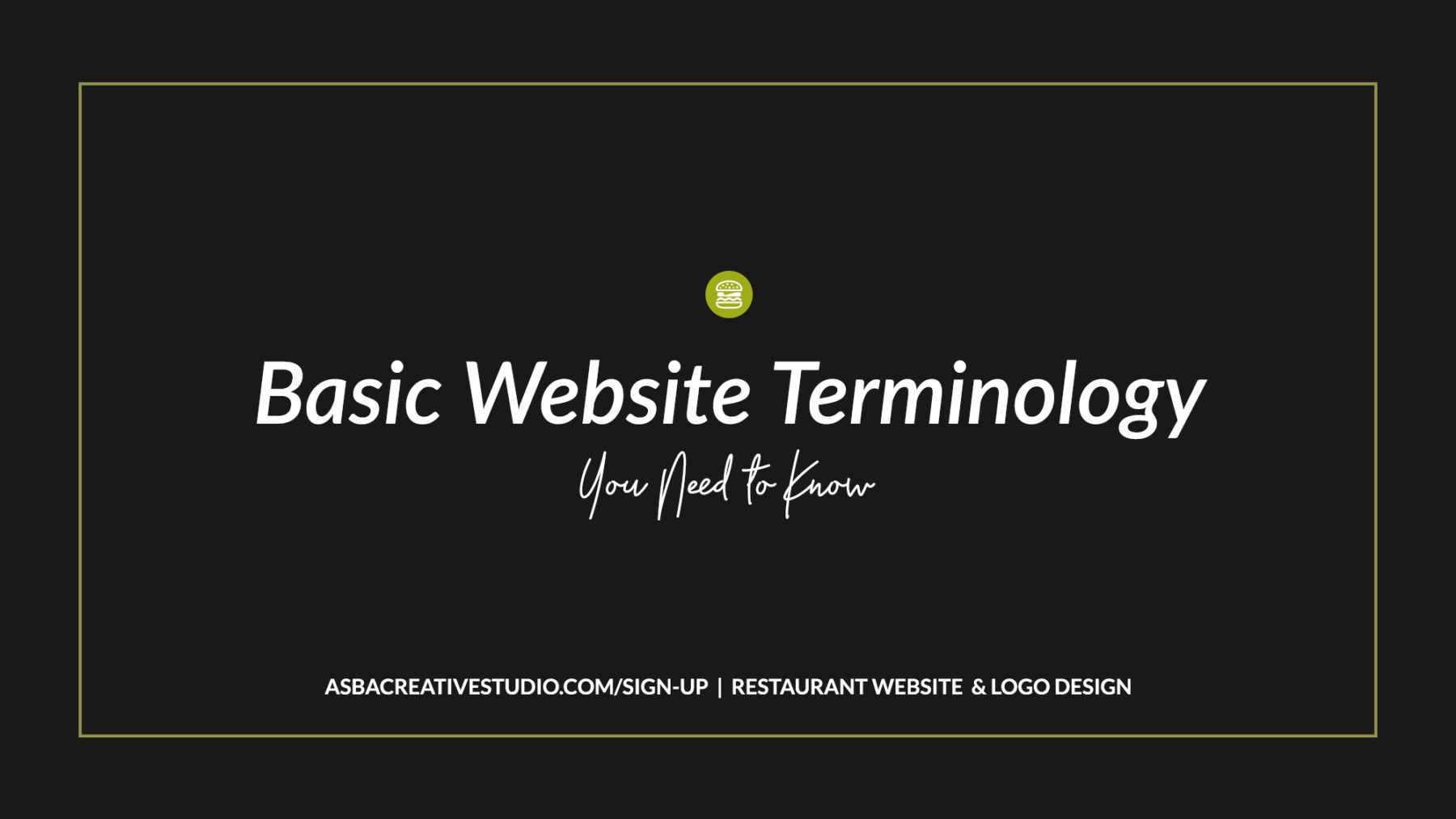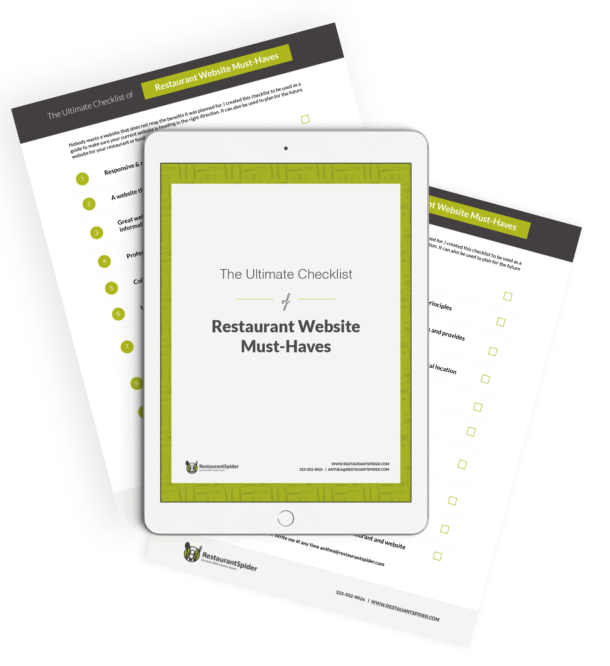Do you feel like you’re stuck in the stone age when a conversation arises regarding websites? Do you feel like your designer is speaking Greek when you talk to them?
Well, I’ve got you covered. I have created a list of some basic website terminology that could possibly save you when you’re in one those conversations. The internet is has become a thing of the norm so it is very helpful if you know at least a few things about websites to get up with the times.
HTML (Hypertext Markup Language)
HTML is basically the language used to create a website. Think of HTML as the frame of your house.
CSS (Cascading Style Sheets)
CSS is a type of language used to create the look and feel of a website. Think of CSS as the elements used to beautify your house like the paint, the windows, the decor etc.
WordPress
Wordpress is an easy-to use content management system (CMS) used for building websites and blogs. A content management system is basically a software used to create and manage website content. The CMS itself is free to use but you would need hosting to use WordPress on the web. Please note that there are two types of ways to use WordPress to create a website – wordpress.com and wordpress.org. WordPress.com websites are hosted by WordPress and wordpress.org is self-hosted. If you want an easily customizable website that you can control, a wordpress.org self-hosted website is what you need.
Responsive Website
A responsive website is a single website that adjusts seamlessly to any device screen size. With a responsive website, there is no need for pinching and zooming to make out the content of the website because the website is developed to look great on all screen sizes.
Website Header
A website header is the top part of your website that usually contains your logo, tagline, social media and other information regarding your brand. It usually sits on top of your navigation and at times acts as a container for your navigation. It is also usually the same on every page.
Navigation Bar
A navigation is the part of a website that helps you go to the different sections of your website. It is the most important part of your website and should be very simple and easy to use.
Call to Action
A call to action is a clickable element (image, button or text) that is used to drive traffic to a specific web page.
Hero Image
A hero image is a large prominent banner located under the header on the homepage of your website. It is usually the first graphic on the page and is used to capture your audience.
Slider
A slider is basically rotating images on a website that is usually placed at the top of a website in place of the hero image.
Full-Width Website
A full-width website is a website that spans across the width of the page.
Full-Screen Website
A full-screen website takes the entire device screen on every device. A part of a website like a hero image can take the full screen and it usually has an arrow or link that takes you to a different page of the website.
Boxed website
A boxed website has a set width and therefore does not fit the entire screen. It has space to the left and right of the website and is usually a solid color.
Website Content
Website content is all the information you need to provide a designer to design your website. The information includes graphics, images, and text.
Landing Page
A landing page is a single web page with a goal of persuading users to take action. It is usually used to target audiences for one specific product.
Page vs Post
A page is basically a static stand alone web document on your website that provides information. Posts are basically web pages that make up a blog. Posts are usually updates and news on a website. Posts help greatly to drive traffic to your pages because blogging creates custom content for your website which is great for search engines.
WordPress Plugins
Wordpress Plugins are used to add new functionality and features to a WordPress website. WordPress itself is very basic and in order to be more customizable, it needs the help of plugins.
Keywords
Keywords are words or phrases that are added to your website to help drive traffic from targeted audiences. In the keyword world, phrases work better than single words because they reduce irrelevant matches.
SEO (Search Engine Optimization)
SEO is a method used to drive traffic to your website by making the content of the website searchable with the use of keywords, image titles, and links.
SEM (Search Engine Marketing)
SEM is a combined method to drive traffic to your website from various sources like Google AdWords, Bing ads, Facebook ads, banner ads etc.
Registrar
A registrar is a company you use to register your domain name.
Domain Name
Your domain name is the name users will type into the browser to access your website. They can end with .com, .net, .org, .co etc. For example “asbacreativestudio.com” is a domain name.
Hosting
Hosting is storing your web files in a location where it can be accessed on the internet. In order to have a website, you must have hosting which usually requires a monthly payment to your hosting company.
MockUp
A mockup is the undeveloped design of a website that is shown to a client to preview the design of the website before it is developed.
Opt-In
An opt-in is a form or button on a website used to collect email addresses in exchange for something of value.
Well, there you have it. I hope this post helps you carry on conversations with your designer or people in general who are web savvy. If you have any other website terminology you need to decipher, comment below and I’ll help answer your questions!


